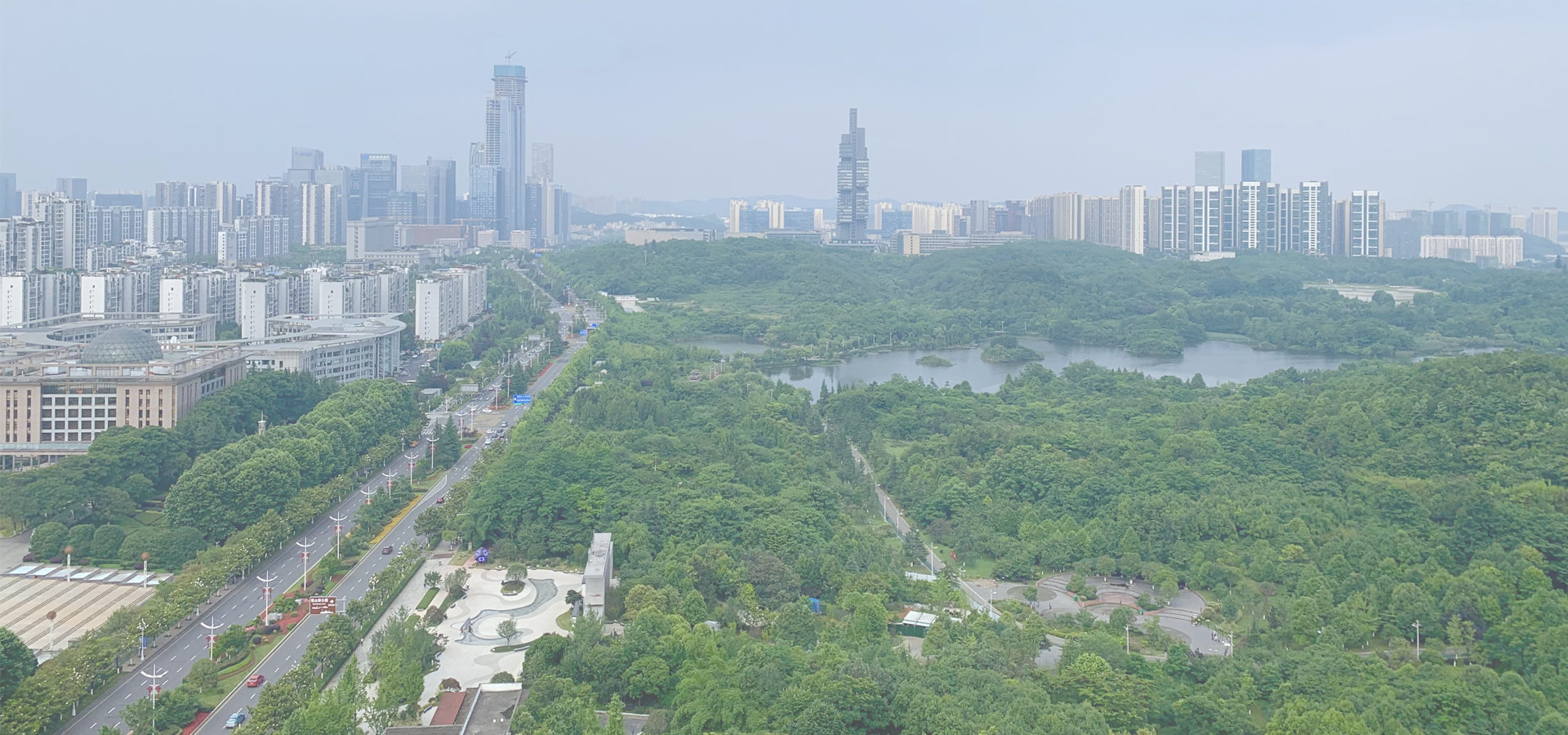Guiyang, Guizhou Province, China
🇨🇳 Guiyang is the capital of Guizhou province of the People's Republic of China. It is located in the centre of the province, situated on the east of the Yunnan–Guizhou Plateau, and on the north bank of the Nanming River, a branch of the Wu River. The city is comprised of 7 urban districts.
A city with humid subtropical climate, Guiyang is surrounded by mountains and forest. The area, inhabited since at least the Spring and Autumn period, formally became the capital of the surrounding province in 1413, during the Yuan dynasty. The city is home to a large Miao and Bouyei ethnic minority population. Guiyang has a diversified economy, traditionally a centre for aluminium production, phosphate mining, and optical instrument manufacturing; however, following reforms, the majority of the city's economic output in the services sector. Since 2015, it has seen targeted investments into big data and quickly emerged as a local innovation hub.
Guiyang is one of the top 500 science cities in the world by scientific research outputs, as tracked by the Nature Index. The city is also home to Guizhou University, a national research university under the Project 211 and under the Double First Class Status in certain disciplines.
Guiyang, Guizhou Province, China

Guiyang is rated Sufficiency by the Globalization and World Cities Research Network (GaWC) which evaluates and ranks the relationships between world cities in the context of globalisation. Sufficiency level cities are cities that have a sufficient degree of services so as not to be overly dependent on world cities.
Guiyang was ranked #455 by the Nomad List which evaluates and ranks remote work hubs by cost, internet, fun and safety. Guiyang has a population of over 3,037,159 people. Guiyang also forms the centre of the wider Guiyang metropolitan area which has a population of over 4,324,561 people.
To set up a UBI Lab for Guiyang see: https://www.ubilabnetwork.org Twitter: https://twitter.com/UBILabNetwork
Twin Towns - Sister Cities Guiyang has links with:
🇬🇷 Chios, Greece 🇺🇸 Fort Worth, USA 🇧🇷 Rio de Janeiro, Brazil 🇷🇴 Suceava, Romania🇨🇳 Gutian County 26.617
🇺🇸 Cape Coral 26.632
🇺🇸 Fort Myers 26.641
🇨🇳 Jinggangshan 26.65
🇮🇷 Bandar Lengeh 26.55
🇮🇳 Jalpaiguri 26.52
🇮🇩 South Tangerang 106.717
🇻🇳 Ho Chi Minh City 106.7
🇻🇳 Ho Chi Minh 106.7
🇻🇳 Thủy Nguyên 106.667
🇻🇳 Bình Dương 106.667
🇻🇳 Thủ Dầu Một 106.65
Locations Near: Guiyang 106.717,26.5833
🇨🇳 Duyun 107.502,26.257 d: 86.2
🇨🇳 Zunyi 106.937,27.707 d: 126.8
🇨🇳 Kaili 107.981,26.566 d: 125.7
🇨🇳 Bijie 105.292,27.284 d: 161.3
🇨🇳 Hechi 108.085,24.693 d: 251
🇨🇳 Luzhou 105.442,28.871 d: 283.6
Antipodal to: Guiyang -73.283,-26.583
🇨🇱 Copiapó -70.317,-27.35 d: 19709
🇨🇱 La Serena -71.25,-29.909 d: 19595.1
🇨🇱 Ovalle -71.2,-30.6 d: 19524.4
🇨🇱 Illapel -71.167,-31.633 d: 19417.1
🇨🇱 Calama -68.933,-22.467 d: 19380.3
🇨🇱 La Calera -71.183,-32.783 d: 19296.5
🇨🇱 Viña del Mar -71.55,-33.017 d: 19280.5
🇨🇱 Valparaíso -71.619,-33.046 d: 19278.8
🇨🇱 Quilpue -71.442,-33.048 d: 19274.7
🇨🇱 Villa Alemana -71.373,-33.044 d: 19273.5